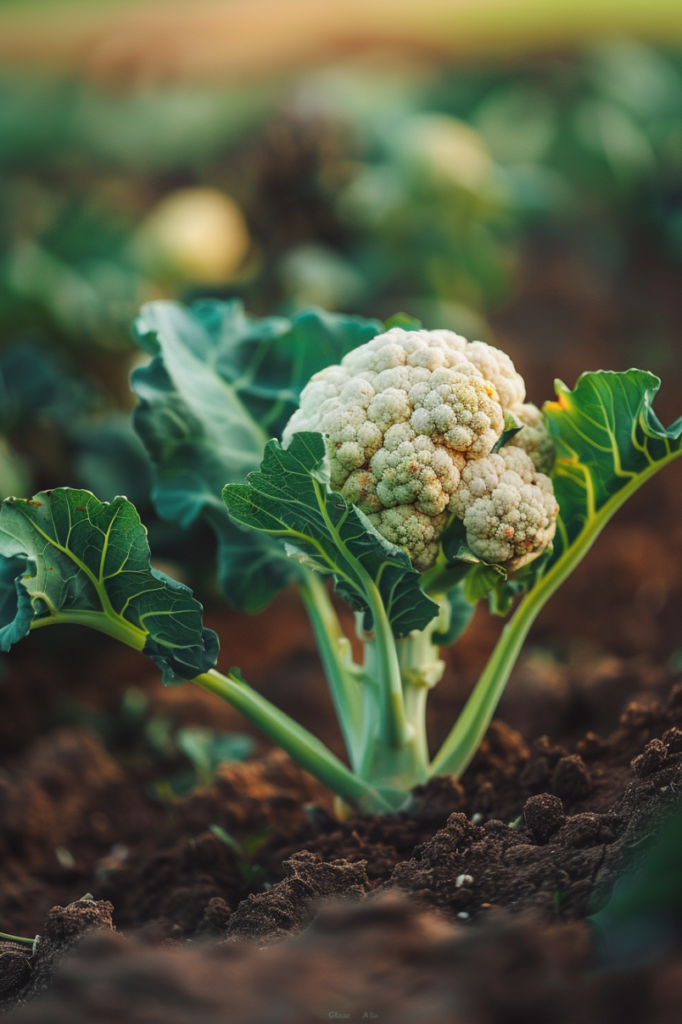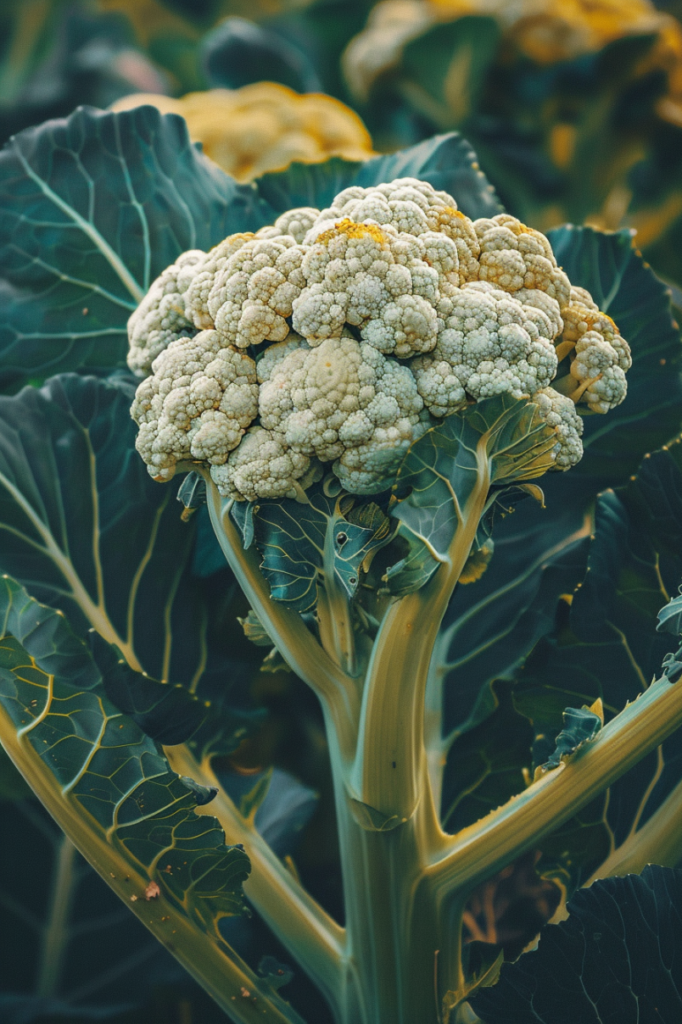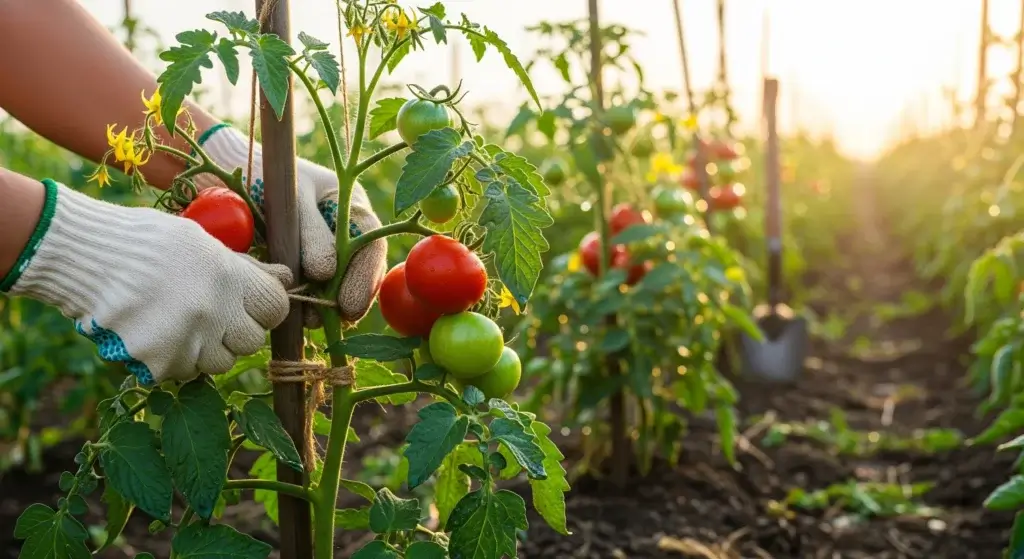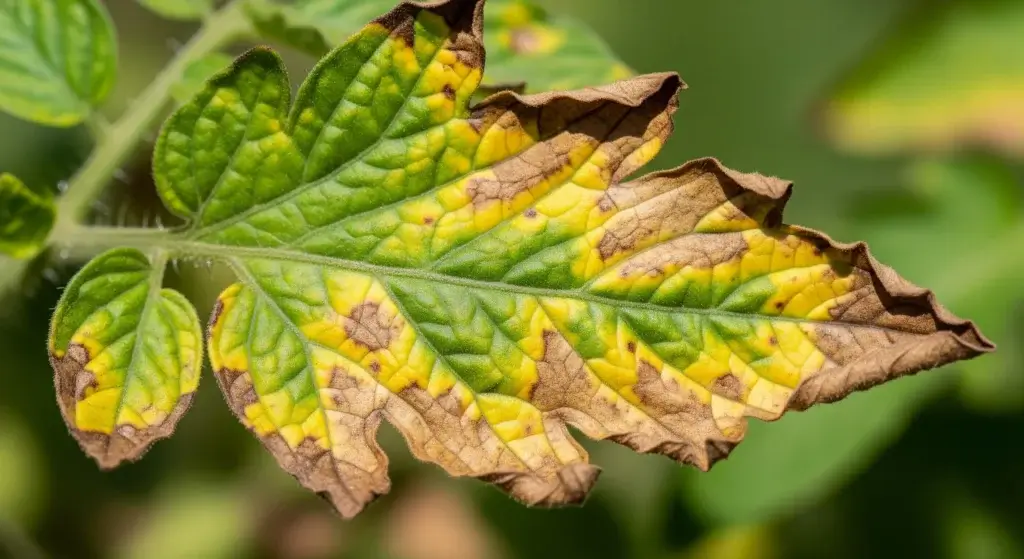
Cauliflower is a popular and nutritious vegetable, but it can be challenging to grow due to its susceptibility to bolting.
Bolting is a process where the plant produces flowers and seeds, which can cause the head to become bitter and unappetizing.
In this blog post, we’ll explore the factors that trigger bolting in cauliflower and discuss strategies to prevent it, ensuring a successful harvest.
Factors that Trigger Bolting in Cauliflower
Cauliflower bolting, the premature flowering of the plant, can occur due to various factors.
Understanding these triggers is essential for preventing bolting and ensuring a successful harvest.
- Read also: Organic Pest Control For Cauliflower
- Read also: Mastering Organic Broccoli Care
Temperature stress
High temperatures can spell trouble for cauliflower plants.
When exposed to prolonged periods of heat, especially during the early stages of growth, cauliflower may perceive it as a signal to produce flowers prematurely.
This response is a survival mechanism to ensure reproduction in adverse conditions.
Daylength (Photoperiodism)
Cauliflower’s growth and development are significantly influenced by the length of daylight it receives.
Shorter days trigger the plant’s transition from vegetative growth to reproductive growth, leading to bolting.
Conversely, prolonged exposure to long daylight hours can delay bolting and promote healthy plant growth.
Plant stress (water, nutrients)
Stress factors such as inadequate water supply, poor soil conditions, or nutrient deficiencies can weaken cauliflower plants and make them more prone to bolting.
Insufficient moisture in the soil can hinder the plant’s ability to absorb nutrients, leading to stunted growth and premature flowering.
Similarly, deficiencies in essential nutrients like nitrogen, phosphorus, or potassium can disrupt the plant’s hormonal balance, triggering bolting as a survival response.

Strategies to Prevent Bolting in Cauliflower
To ensure a successful cauliflower harvest, implementing effective strategies to prevent bolting is crucial.
Here are several approaches gardeners can take:
Planting strategies
Planting time
Timing is key when it comes to planting cauliflower.
In cooler climates, opt for early spring planting to avoid exposure to hot weather.
In contrast, in warmer regions, consider planting in the fall to minimize heat stress.
Variety selection
Choose bolt-resistant cauliflower varieties suited to your climate and growing conditions.
Varieties such as ‘Snow Crown’ or ‘Cheddar’ are known for their resilience against bolting.
Starting seeds indoors
Gain a competitive edge by starting cauliflower seeds indoors.
Transplanting seedlings once they’ve developed a strong root system can help them withstand temperature fluctuations and establish well in the garden.
Temperature management
Row covers
Shield cauliflower plants from extreme temperatures by using row covers.
These covers create a cooler microclimate, offering protection against heat stress.
Mulching
Apply a layer of mulch around cauliflower plants to regulate soil temperature.
Mulch helps to keep the soil cooler, reducing the likelihood of stress-induced bolting.
Proper watering
Maintain consistent moisture levels in the soil to keep cauliflower plants hydrated and healthy.
Adequate watering reduces stress and minimizes the risk of premature bolting.
Daylight management
For experienced gardeners, manipulating daylight hours can be an effective bolting prevention method.
By artificially shortening daylight exposure, either by covering plants with black plastic or using other shading techniques, gardeners can trick cauliflower plants into thinking it’s still the growing season.
This can delay the onset of bolting and extend the harvest window.

Bonus Tips
Proper spacing
Ensuring adequate spacing between cauliflower plants is essential for optimal growth.
Proper spacing allows for sufficient air circulation, which reduces the risk of fungal diseases and promotes healthy development.
Additionally, it enables each plant to receive adequate sunlight, which is crucial for photosynthesis and overall plant vigor.
Soil fertility
Maintaining soil fertility is key to supporting robust cauliflower growth.
Incorporating compost or organic matter into the soil before planting provides essential nutrients and improves soil structure.
Organic amendments enrich the soil with vital micronutrients and beneficial microorganisms, fostering a healthy soil ecosystem that promotes plant growth and resilience.
Pest Control
Vigilant pest monitoring and control measures are crucial for safeguarding cauliflower plants against damage and stress.
Pests such as aphids, cabbage worms, and flea beetles can wreak havoc on cauliflower crops if left unchecked.
Regularly inspect plants for signs of pest infestation, such as chewed leaves or distorted growth, and take prompt action to address any issues.

- Read also: Broccoli Care Mistakes: Master the Art of Growing Your Broccoli
- Read also: Optimizing Spacing for Broccoli Plants
Conclusion
By grasping the factors that cause cauliflower bolting and applying the strategies provided in this article, you can greatly diminish the chances of your cauliflower plants flowering prematurely.
This will lead to a fruitful harvest and a satisfying gardening experience.



